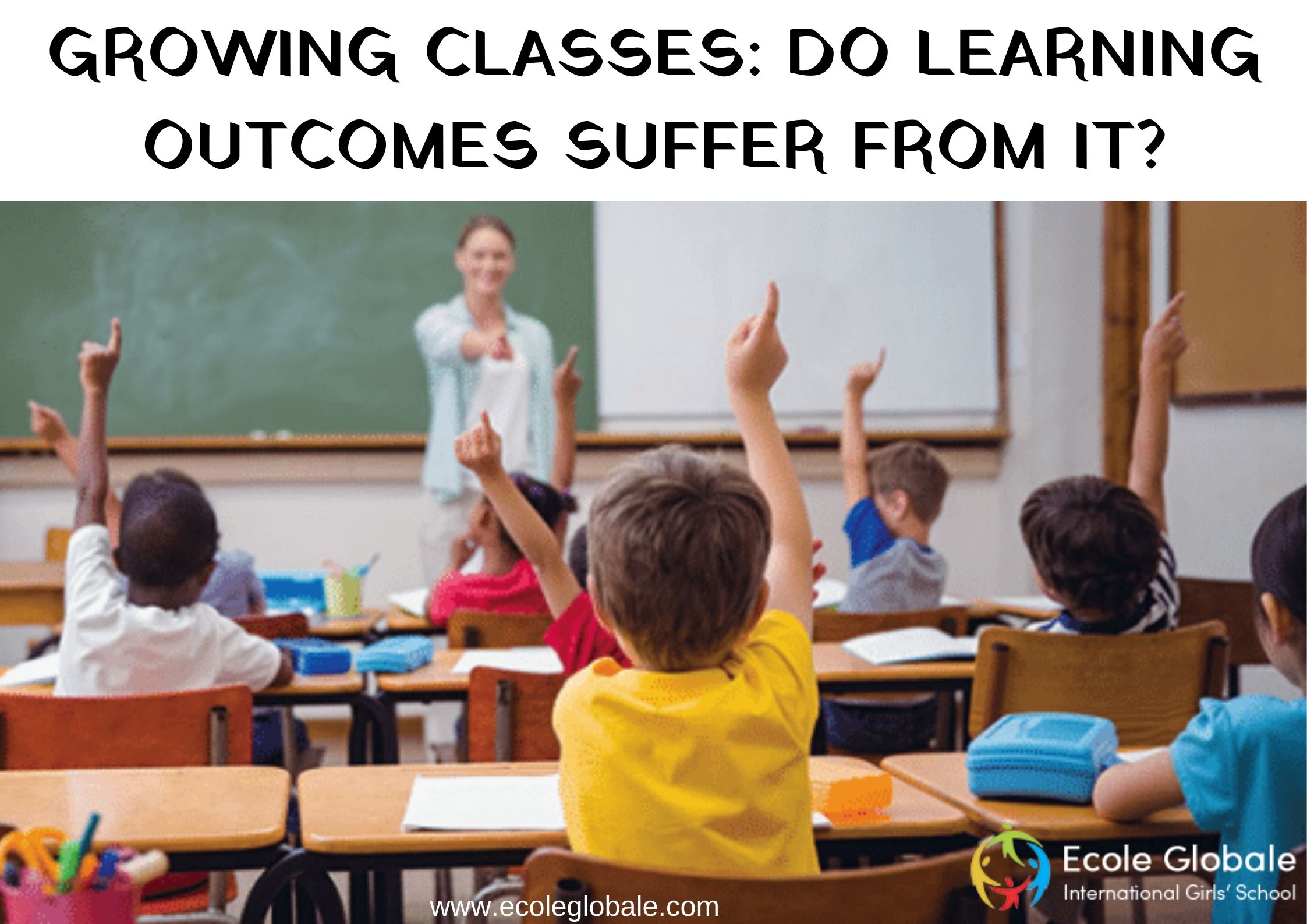When class sizes are expanded in order to avoid having to increase the budget enough to hire a new teacher in a public school system, everyone hears about the outcry. You’re certainly aware that small class sizes are more desirable than large ones; nevertheless, what is it about small courses that make them so appealing? What are your reasons for wanting that for your child? Small class sizes provide a number of advantages that you should think about.
BECAUSE OF THE SMALLER CLASS SIZES
Teachers, let’s face it, are overworked. They aren’t compensated well for the chaos they encounter on a daily basis, and they frequently bring work home in the shape of papers to grade or lessons to plan. Teachers may get to know each student as a person, working with them to strengthen their talents and overcome their deficiencies, thanks to smaller class sizes.
STUDENTS BECOME MORE ACQUAINTED WITH ONE ANOTHER
Instead of being simply another face in a sea of kids, your student will be more likely to form deep and lasting bonds with those around them. This has an academic benefit as well: if your student has a question about homework, he’ll remember to whom to call for a speedy consultation.
TEACHERS HAVE MORE FLEXIBILITY IN HOW THEY DELIVER TEACHING
Teachers are typically told that they must teach to the lower middle of the class. Anyone below that level is on their own, frequently getting lost in the shuffle, while anyone above it spends the majority of the class hour daydreaming while waiting for everyone else to complete learning a topic they figured out ten minutes in. In a small class, the teacher is more likely to be able to modify the training such that it stays on their level, regardless of which side your kid falls on. Because there are fewer people in the class, the top student and the bottom student aren’t as far apart, and the teacher may work with each of them to ensure that they’re getting the information they require.
THERE IS LESS COMMOTION
When there are thirty-five pupils in the classroom, it doesn’t matter how good the teacher is. There will be a lot of disruptions. Even allowing students to collaborate on an assignment can devolve into mayhem as thirty-five voices flood the room—and that’s assuming the classroom isn’t infested with a few troublemakers. Worse, in such a large classroom, personality conflicts are more likely to occur, and they are more likely to occur in extremes. Discipline starts to consume more time in class than actual instruction. Discipline is required significantly less frequently in a classroom with fewer kids.
MORE TIME IS AVAILABLE FOR GUIDANCE
The greater the number of students in a classroom, the more time must be spent on administrative tasks each day. Even when the teacher knows all of the students and can glance up and look for them instead of having to call out their names one by one, taking attendance takes twice as long in a large class than in a small one: even in the middle of the year, when the teacher knows all of the students and can glance up and look for them instead of having to call out their names one by one, they still have to look over a lot more faces for a missing child. It becomes a Herculean undertaking to distribute papers. That’s separate from the grading process when professors in haste to get through a large stack of papers are more likely to simply provide the grade and a quick note or two rather than personalized input.
THEY’RE LESS NOISY
Even if everyone in the school is exceedingly well-behaved, a classroom with thirty or more persons is noisy. Papers are rustling, noses are sniffling, and students are shifting in their chairs. Small distractions can mean the difference between a thoroughly comprehended lesson and one that they don’t grasp at all for a student with attention challenges.
ENHANCEMENT OF LEARNING
Students in small classes not only learn more, but they also learn faster. As a result, the class moves through the course material at a faster pace. The confidence that kids gain enhances their learning. They are encouraged to express themselves and ask and answer questions, which benefits their peers as well.
TEACHERS HAVE THE ABILITY TO TEACH
Teachers who sit in the front of a small class have more possibilities to watch and assess the entire class as well as individual students. When teachers and students may connect spontaneously in the classroom, learning is increased even more.
CLASSES ARE TURNED INTO A COMMUNITY
Individuals can interact more deeply with their peers and grow more confident and comfortable sharing their ideas and thoughts when there are fewer students per class. Friendships are formed as a result of these interactions. Students in an international school will respect and connect with friends from all cultures and countries, which is a valuable ability in the globalized twenty-first century.
PARTICIPATION OPPORTUNITIES
Smaller groups equal fewer voices, which means students who belong to those voices have more opportunities to speak up in class. They can put what they’ve learned into practice by participating in discussions.









